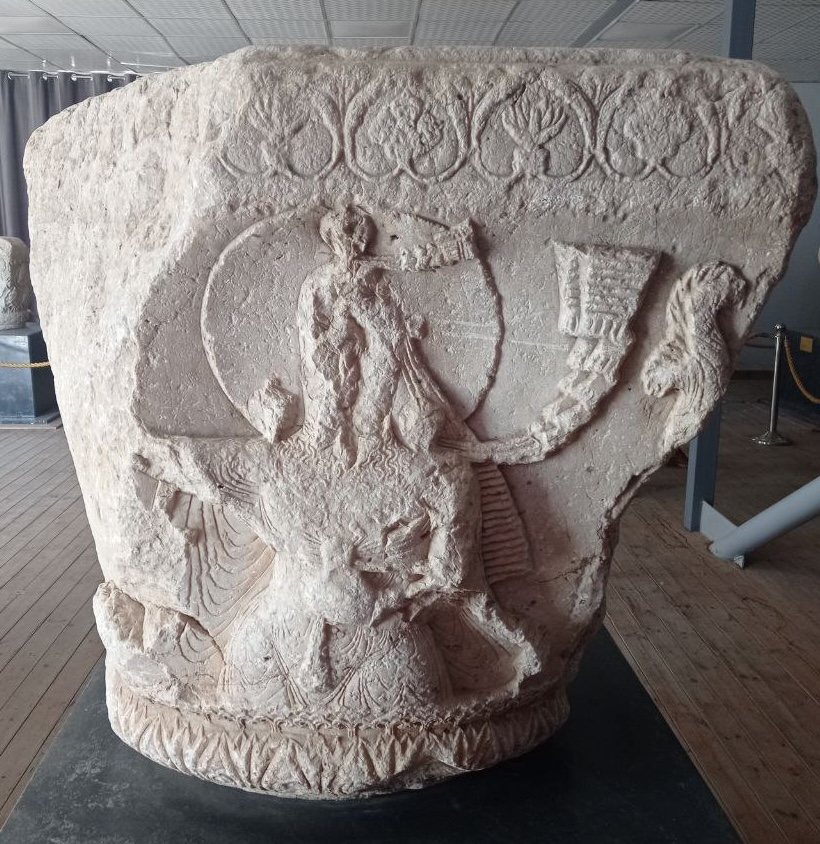Thread: This Çatalhöyük mural is thought to depict a nearby volcanic eruption. New scientific evidence confirms a contemporaneous eruption at nearby Hasan Dağ volcano which actually looks very similar. Cool right? 

But what I find really interesting about this mural is the depictions of the Çatalhöyük itself underneath the volcano.
Çatalhöyük was a very large settlement in southern Anatolia, which existed from approximately 7100 BC to 5700 BC. en.wikipedia.org/wiki/Çatalhöyük
Çatalhöyük was a very large settlement in southern Anatolia, which existed from approximately 7100 BC to 5700 BC. en.wikipedia.org/wiki/Çatalhöyük
Now Çatalhöyük houses were built in a very unusual way. They had no doors. So people entered houses through roof hatches which also served as chimneys. 

Also houses were built right next to each other. The town had no streets and people used roofs to move around the city... 

Why?
This is a beehive honeycomb...
Any possible link?
Did people get the idea to built Çatalhöyük the way they did from bees?
Anything in Anatolian mythology that talks about bees = civilisation, society, culture???
This is a beehive honeycomb...
Any possible link?
Did people get the idea to built Çatalhöyük the way they did from bees?
Anything in Anatolian mythology that talks about bees = civilisation, society, culture???

• • •
Missing some Tweet in this thread? You can try to
force a refresh























